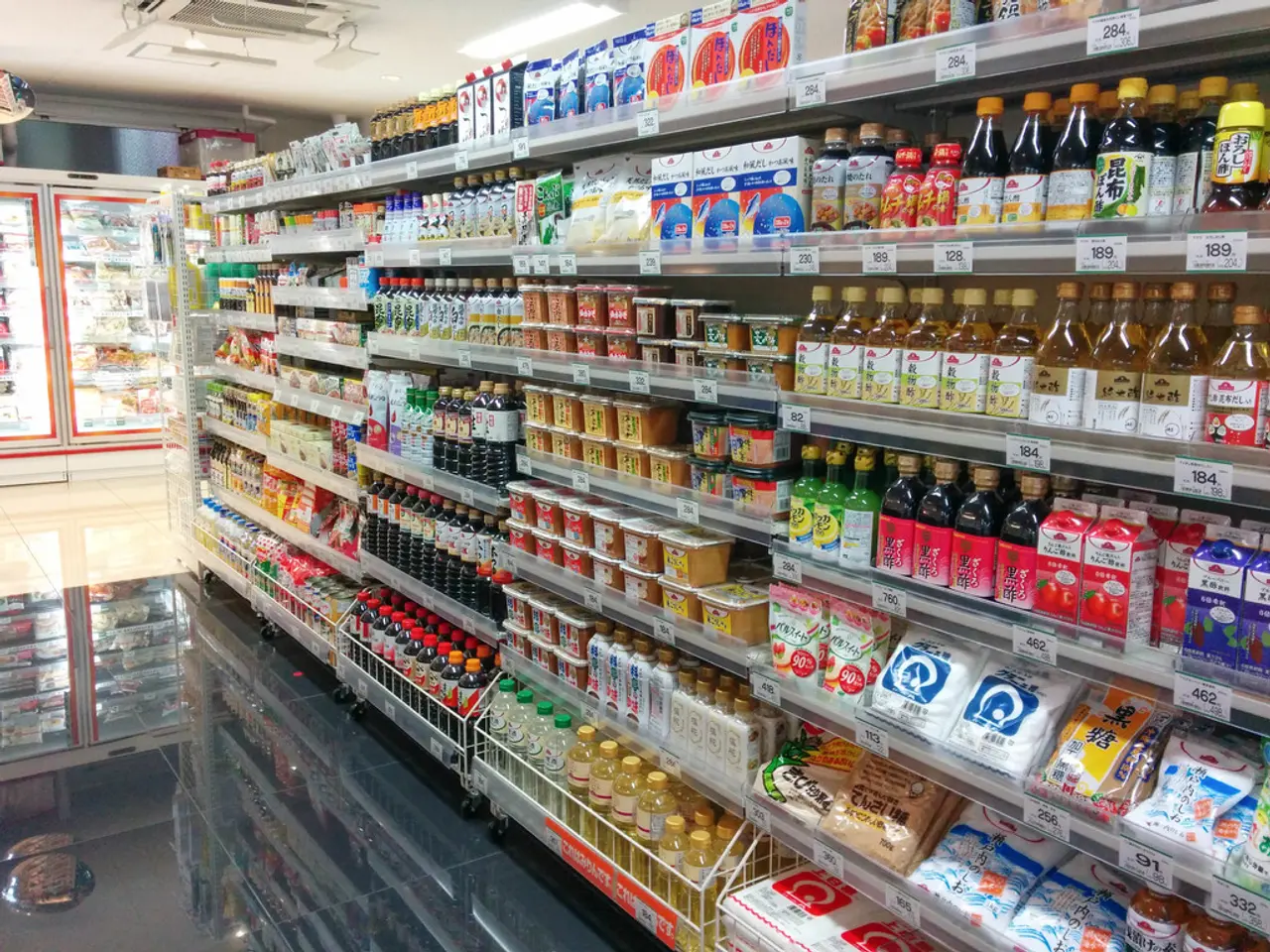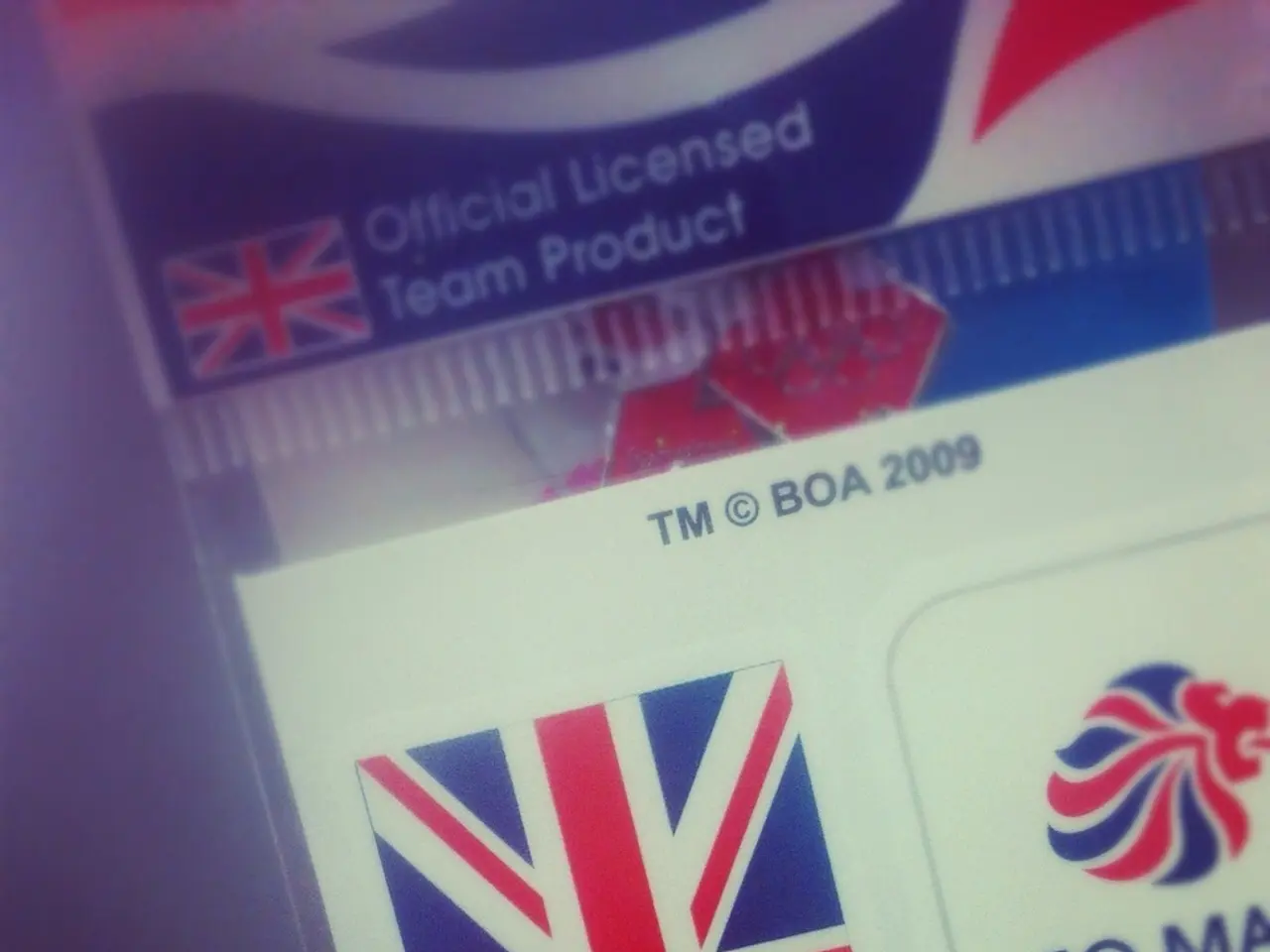US retailers celebrate as Biden's $1.9 trillion pandemic relief bill gets approved by the Senate
The U.S. Senate has passed a monumental $1.9 trillion pandemic relief package, a move that is expected to significantly support retailers and small businesses. Known as the American Rescue Plan Act of 2021, the bill provides substantial aid through extended unemployment benefits and direct relief.
The relief package, which was passed along Democratic party lines, includes expanded and extended unemployment insurance programs to help workers affected by the pandemic. This move is expected to maintain consumer spending and economic stability vital for retailers.
For small businesses, the bill allocates billions in relief funding, including grants and loans, to support operational costs and recovery efforts. This support is expected to bolster Main Street businesses and the broader economy.
The bill also offers important tax relief measures for small businesses. It solidifies and expands the Section 199A deduction for pass-through entities, which make up over 95% of American businesses and employ a majority of the private sector workforce. This tax certainty is essential for supporting small business growth and job creation.
Sectors like libraries have also received targeted emergency funding to manage COVID-19 related budget shortfalls, indicating a broad spectrum of support beyond just traditional retail and small private businesses.
The bill strengthens unemployment benefits, provides direct financial relief to small businesses, and includes tax provisions to stimulate economic recovery and job growth within retail and Main Street sectors.
The House is expected to approve the Senate's changes early this week. The federal unemployment benefits are kept at $300 per week until September, as part of the COVID relief provision.
The swift development of vaccines and their deployment, coupled with the relief package, is adding to the momentum building in retail. Traffic to apparel and luxury retailers has improved in recent weeks, according to a client note from Morgan Stanley.
The improving public health picture and the promise of further fiscal relief is providing an increasingly optimistic outlook for the economy over the next two years. If the GDP growth reaches the forecasted 6.2%, it would mark the fastest recovery since the late 1950s.
However, the economy still faces challenges. As of now, it remains down 9.5 million jobs from February 2020 and will require more than two years of job growth at February’s pace to get back to pre-pandemic levels, according to Cecilia Rouse, chair of the White House Council of Economic Advisers.
Retailers are committed to safely re-opening the economy and advocating for policies that grow the economy and get all Americans back to work. The relief package, with its direct aid and tax provisions, is a significant step towards achieving this goal.
- The American Rescue Plan Act of 2021, a $1.9 trillion pandemic relief package, offers substantial aid to retailers and small businesses through extended unemployment benefits and direct relief.
- Known sectors like libraries have received targeted emergency funding to manage COVID-19 related budget shortfalls, indicating a broad spectrum of support in the relief package.
- The relief package includes expanded and extended unemployment insurance programs to help workers affected by the pandemic, with the aim of maintaining consumer spending and economic stability vital for retailers.
- The bill allocates billions in relief funding for small businesses, including grants and loans, to support operational costs and recovery efforts, bolstering Main Street businesses and the broader economy.
- For small businesses, the bill also solidifies and expands the Section 199A deduction for pass-through entities, a move essential for supporting small business growth and job creation.
- The bill strengthens unemployment benefits, provides direct financial relief to small businesses, and includes tax provisions to stimulate economic recovery and job growth within retail and Main Street sectors.
- The swift development and deployment of vaccines, coupled with the relief package, is adding to the momentum building in retail, with traffic to apparel and luxury retailers improving in recent weeks.
- The improving public health picture and the promise of further fiscal relief is providing an increasingly optimistic outlook for the economy over the next two years, with a forecasted GDP growth of 6.2% marking the fastest recovery since the late 1950s.
- Despite the improvement, the economy still faces challenges, as it remains down 9.5 million jobs from February 2020, requiring more than two years of job growth at February's pace to get back to pre-pandemic levels, according to the White House Council of Economic Advisers.




